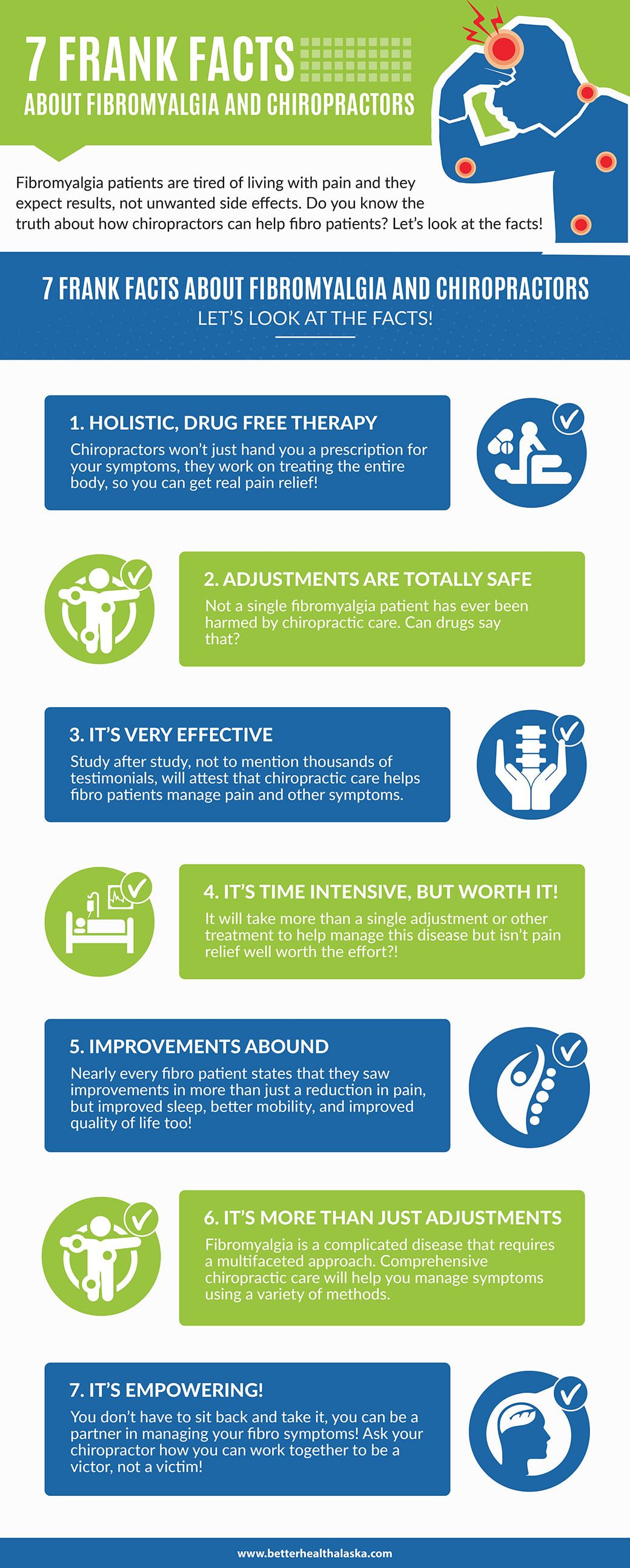Investigate The Distinct Advantages Of Acupuncture As We Juxtapose It With Typical Discomfort Monitoring Methods You May Currently Recognize. What Might Capture You Off-Guard?
Investigate The Distinct Advantages Of Acupuncture As We Juxtapose It With Typical Discomfort Monitoring Methods You May Currently Recognize. What Might Capture You Off-Guard?
Blog Article
Material By-Drejer Jessen
When you take into consideration discomfort administration options, you may find yourself evaluating the benefits and drawbacks of various techniques, consisting of acupuncture, non-prescription drugs, and physical therapy. While several strategies supply alleviation, they commonly come with their own set of challenges, like adverse effects or lengthy treatment times. Acupuncture sticks out for its special capacity to advertise self-regulation with less threats. However how does its performance contrast to more conventional approaches? https://www.medicalnewstoday.com/articles/why-is-my-sciatica-not-going-away of these techniques can significantly impact your choices, and exploring them further can bring about shocking insights.
Summary of Pain Administration Techniques
When it comes to taking care of discomfort, you have a variety of methods at your disposal. These techniques can vary from typical approaches to much more alternate therapies. Recognizing your choices is critical in discovering what functions ideal for you.
One usual strategy is over-the-counter medications like advil or acetaminophen, which can supply quick relief for light to moderate pain. Prescription drugs, including opioids, might be necessary for a lot more extreme discomfort, though they come with dangers of dependence and negative effects.
Physical therapy is one more efficient strategy, concentrating on exercises and stretches to reinforce muscle mass and improve wheelchair. This approach typically helps in taking care of chronic discomfort problems.
Furthermore, some people turn to more alternative alternatives, such as massage therapy, which can ease tension and boost blood circulation.
Mind-body methods, like mindfulness reflection or yoga exercise, aid you handle pain by decreasing tension and boosting your psychological resilience.
Finally, lifestyle modifications, such as maintaining a healthy and balanced diet and routine exercise, can play a crucial function in overall discomfort monitoring. Each strategy has its pros and cons, so it's vital to explore what fits your needs and choices best.
Conveniences of Acupuncture
Acupuncture supplies an unique strategy to discomfort management that stands out amongst various techniques. By targeting specific points on your body, it boosts the circulation of power, or "qi," advertising natural healing and minimizing discomfort.
One of the largest advantages is its very little adverse effects. Unlike some medicines, which can result in reliance or undesirable wellness concerns, acupuncture is an alternative therapy that encourages your body's self-regulation.
You'll likely locate that acupuncture sessions can assist soothe chronic discomfort, migraines, and even tension. Many people experience a feeling of relaxation and well-being throughout and after treatment, which can boost total quality of life.
And also, it's a versatile option; it can be used together with various other therapies, making it a terrific complement to your existing discomfort monitoring strategy.
An additional substantial benefit is that acupuncture can be tailored to your certain needs. Your practitioner will assess your problem and establish a tailored therapy strategy, ensuring you obtain the care that ideal sustains your healing.
With its old roots and expanding approval in modern-day medicine, acupuncture stands out as a compelling alternative for pain alleviation.
Contrasting Performance and Outcomes
Discomfort administration techniques differ extensively in their performance and outcomes, making it vital to understand just how they stack up against one another. When taking into consideration choices like acupuncture, physical treatment, and medication, you'll discover distinct distinctions in exactly how each approach addresses discomfort.
Acupuncture, for instance, commonly gives relief for chronic discomfort problems, with research studies showing significant improvements suffering levels for lots of clients.
On the other hand, medications like opioids can properly take care of sharp pain but lug risks of dependence and negative effects.
Physical therapy concentrates on rehab and might take longer to show results, which can be irritating if you require instant alleviation.
When reviewing https://doctor-after-auto-acciden38271.ambien-blog.com/38844432/begin-your-course-to-enhanced-wellness-with-chiropractic-changes-uncover-the-transformative-effects-they-can-have-on-your-total-wellness-in-methods-you-may-not-have-actually-anticipated , think of your details discomfort kind and your individual health and wellness goals. Some individuals discover that a combination of approaches works ideal for them.
For example, you could take advantage of acupuncture sessions together with physical treatment to make best use of recuperation.
Ultimately, understanding the efficiency and outcomes of each technique will assist you make notified choices concerning your pain administration approach, permitting you to choose the technique that ideal fits your needs and way of life.
Conclusion
In summary, acupuncture attracts attention as a beneficial option to traditional discomfort administration approaches. It supplies fast alleviation and fosters self-regulation without the threats of reliance related to medicines. While physical therapy may require more time for outcomes, acupuncture can give instant advantages, making it an appealing alternative for those looking for relief from chronic discomfort and anxiety. By including acupuncture right into your discomfort management plan, you can boost your overall health and recover control over your wellness.
